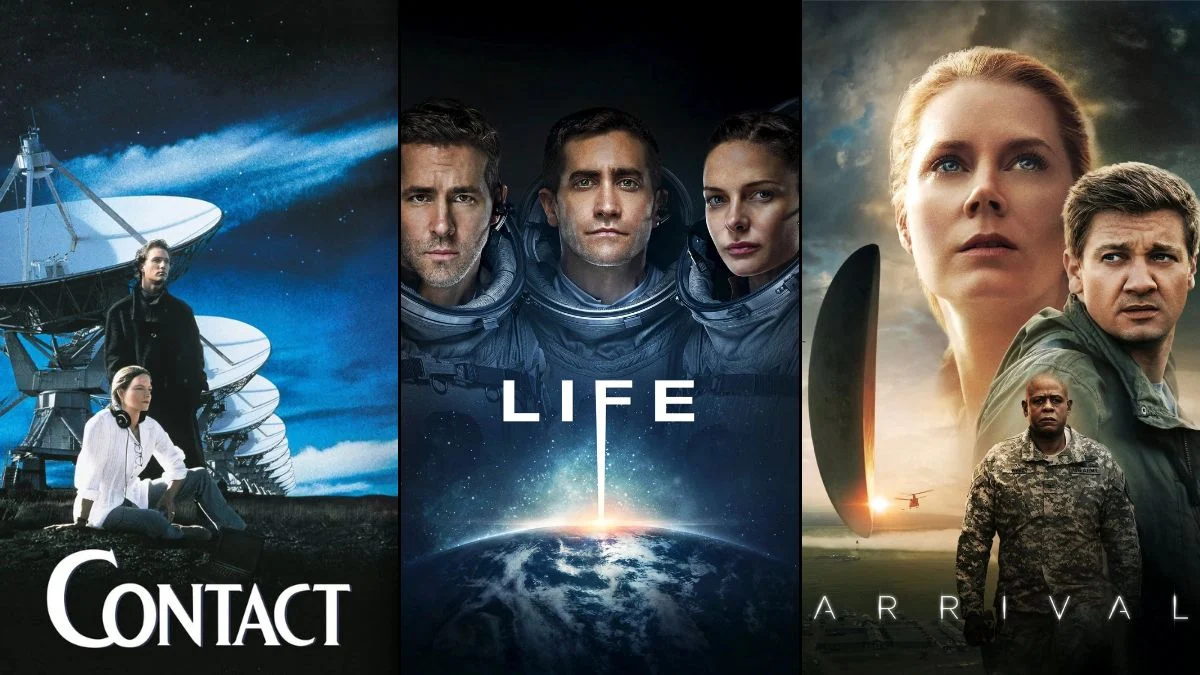
Stories about first contact with aliens play on our natural wonder about what would happen if we met life on another planet. These movies often focus on the challenges of communicating, the excitement of scientific breakthroughs, the clash of cultures, and the difficult decisions that would need to be made. They depict all kinds of encounters – from subtle hints of alien presence to dramatic, large-scale arrivals – and explore the many different ways such a meeting could unfold. Ultimately, these stories show us how humans might react when faced with the truly unknown.
‘Arrival’ (2016)

The movie follows a linguist hired by the military to decipher the language of aliens who have arrived on Earth. It focuses on the careful, step-by-step process of learning their vocabulary and understanding how their language works. The story is told in a non-traditional way, reflecting the complex challenges of translation. The film’s music and sound effects highlight the sounds and patterns of speech, emphasizing the importance of communication.
‘Close Encounters of the Third Kind’ (1977)
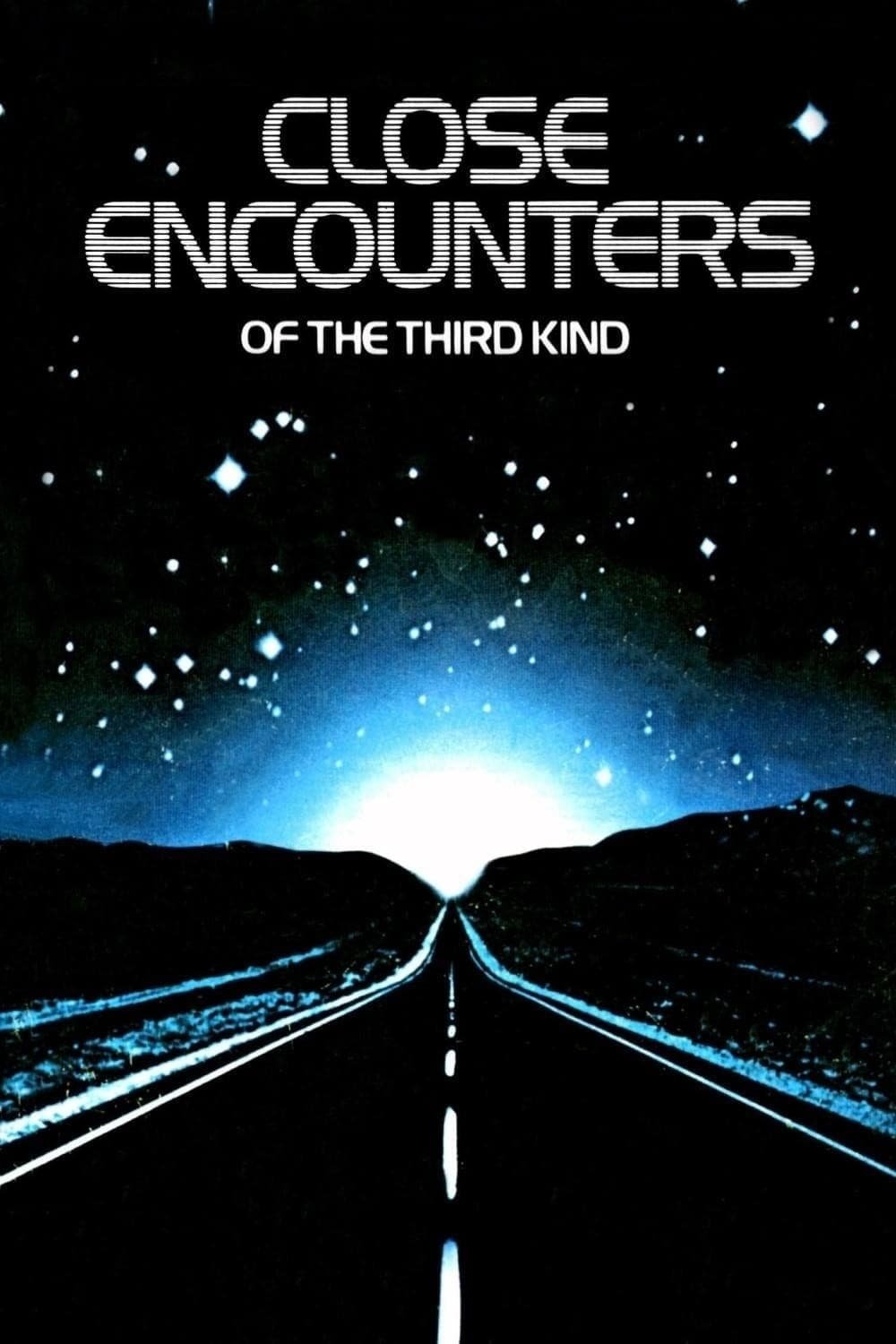
Strange events and widespread visions bring ordinary people and researchers together at a secluded location. Government officials gather evidence and try to calm the public while also building a landing area. The pivotal moment of contact happens through music, acting as a way for the two sides to communicate. The film uses both detailed miniatures and massive sets to show the entire process of first contact, from the initial signal to the visitors’ departure.
‘Contact’ (1997)

A radio astronomer finds a strange, repeating signal hidden within the static of space. The signal turns out to contain blueprints, sparking a massive, worldwide building project. As the project unfolds, it’s closely watched by governments, the media, and the scientific community, with each step carefully examined and debated. The story follows how concrete evidence, belief, and global politics come together when the message’s origin is finally revealed.
‘The Day the Earth Stood Still’ (1951)
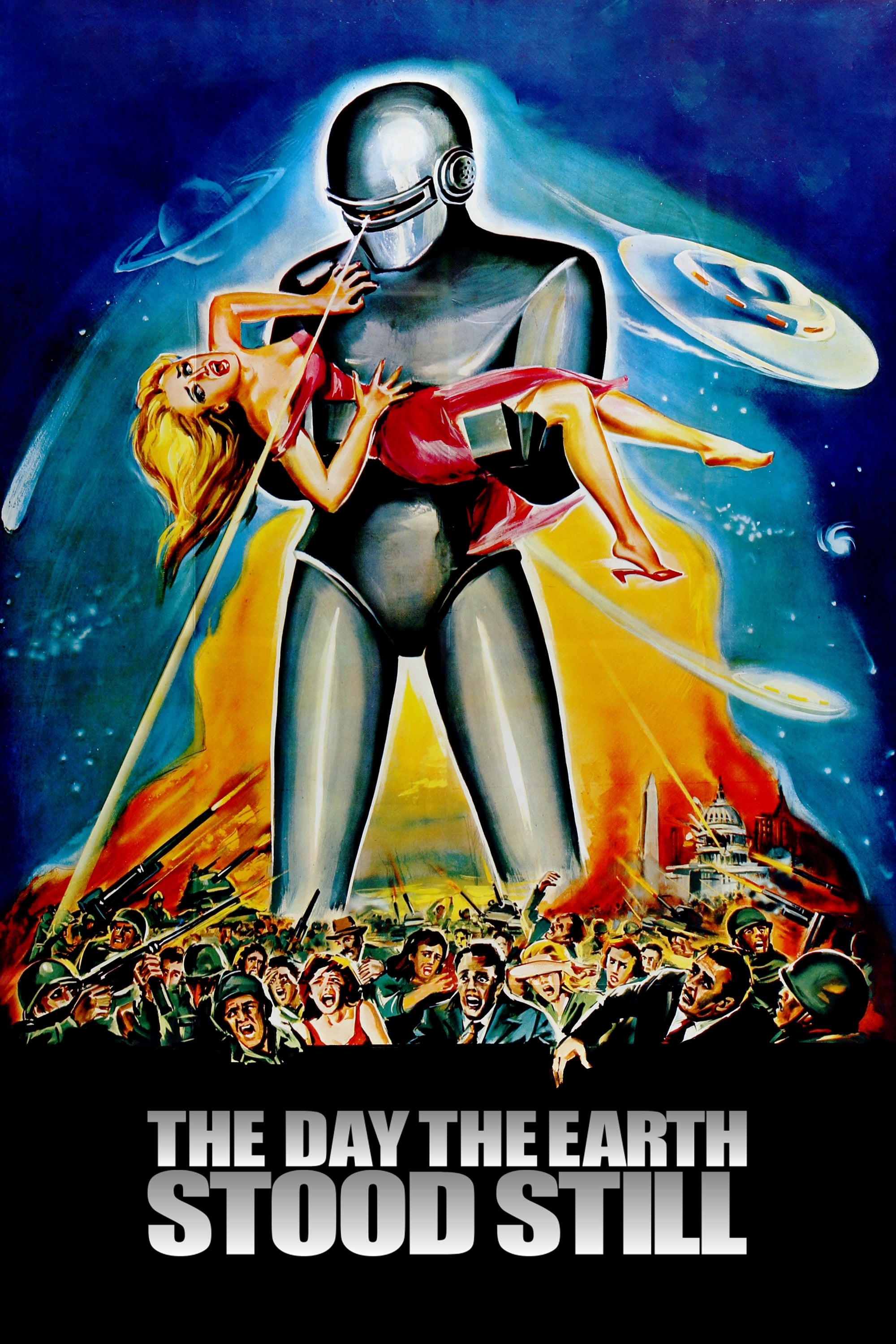
A spaceship arrives in Washington, D.C., bringing a message delivered by a human-looking representative and a formidable robot. While officials attempt to control the situation, scientists urge them to communicate with the visitors. The film features a worldwide blackout as a carefully planned demonstration of the visitors’ power, showing what they can do without causing widespread destruction. Ultimately, the story presents this first contact as a test of humanity’s ability to behave responsibly on a galactic stage.
‘2001: A Space Odyssey’ (1968)
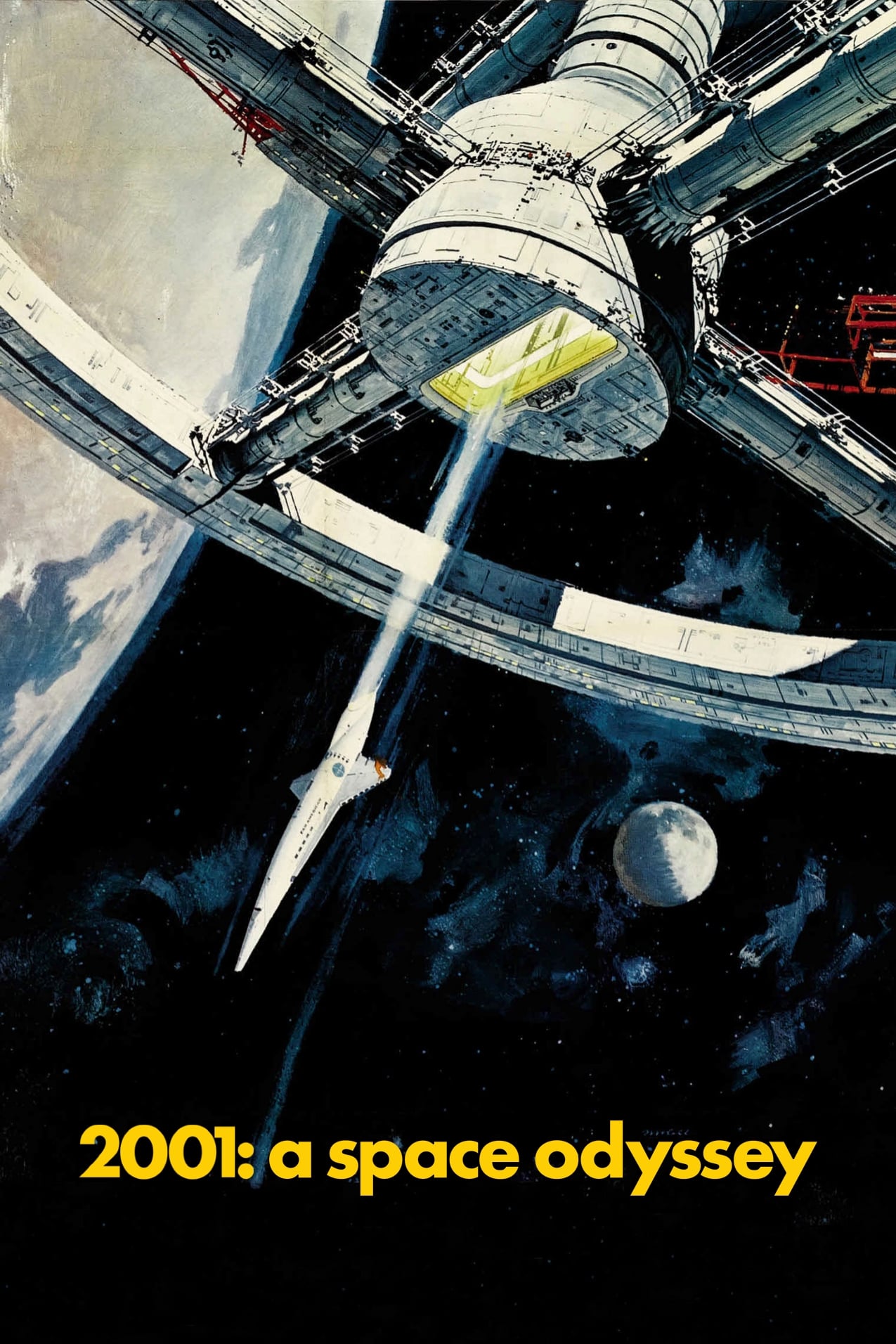
A newly discovered artifact on the Moon sends a signal that changes the course of space exploration. The resulting mission teams astronauts with a highly sophisticated computer, leading them on a journey that ends near Jupiter. Communication happens through visual symbols instead of words. The film uses impressive practical effects, front projection, and a classical music score to portray a journey of discovery fueled by wonder and the natural progression of life.
‘The Abyss’ (1989)

When a Navy submarine has an accident, the crew of a deep-sea oil platform steps in to help, and they unexpectedly discover intelligent life living in the ocean. The team battles dangerous equipment, the immense pressure of the deep sea, and confusing instructions from the military personnel guarding them. They find that strange, water-based shapes can be used to safely communicate with these new intelligences, even in a potentially dangerous situation. Using special underwater cameras and diving equipment, the crew is able to film extended scenes exploring the ocean floor.
‘District 9’ (2009)

When a damaged alien spaceship crashes nearby, a group of refugees is forced to settle just outside a large city. The effort to house them reveals a hidden web of corporate greed, dangerous bioweapon research, and illegal experiments. The story unfolds through a mix of shaky camera footage and interview-style accounts, showing how decisions were made and the impact they had. It centers on a government worker who, after encountering alien technology, finds himself changing the course of the crisis.
‘Starman’ (1984)
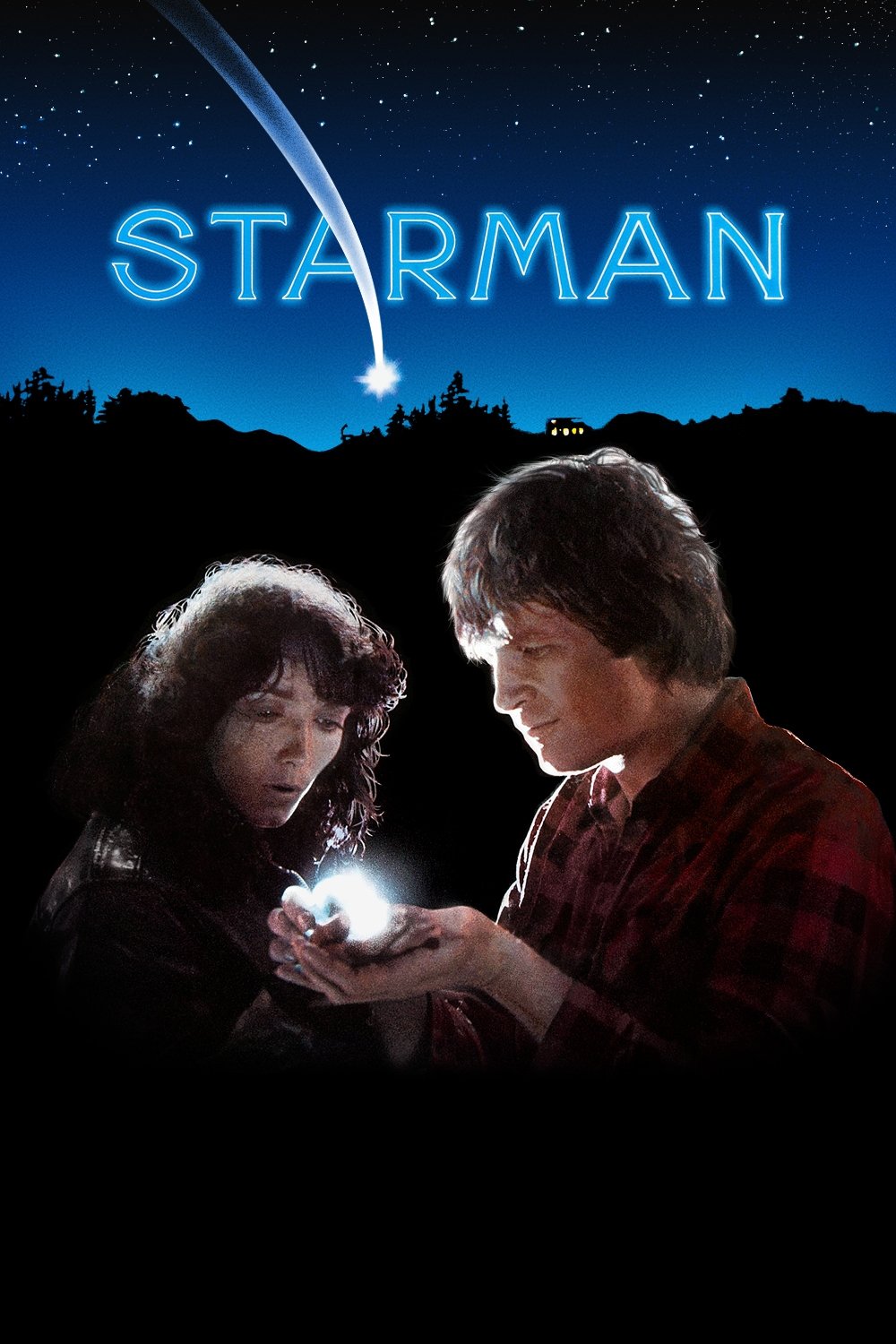
A mysterious visitor arrives, seemingly impersonating a man who has just died, after receiving a strange invitation. He convinces the deceased man’s partner to join him on a cross-country journey to a secret meeting place. As federal agents close in, the pair grapple with loss, questions of who they are, and whether they can trust each other. The story unfolds like a road trip, emphasizing the power of understanding and small kindnesses along the way.
‘E.T. the Extra-Terrestrial’ (1982)

A botanist from another planet crash-lands and finds refuge with an ordinary family in the suburbs. The family’s children help hide him from the government while working to build a communicator to signal for rescue. The story explores the growing bond between a young boy and the alien, highlighting how they begin to feel what the other feels and even share physical sensations. The film keeps things realistic with practical effects, animatronics, and a relatable, everyday neighborhood setting.
‘The Vast of Night’ (2019)

A switchboard operator and a late-night radio host investigate a mysterious sound interfering with phone calls. They gather stories from people who’ve heard it, analyze recordings, and follow local gossip to pinpoint where it’s coming from. The film follows their search in a realistic, continuous way, building the story through personal accounts, technical investigation, and the shared memories of the community.
‘Europa Report’ (2013)

A privately funded team travels to a frozen moon to search for life beneath the surface. After communication is lost, mission control pieces together what happened using data and video recordings. The crew carefully followed procedures to avoid contaminating any potential life and to properly collect samples. The story is presented as found footage, highlighting the detailed checklists, safety protocols, and difficult decisions the team had to make.
‘The Iron Giant’ (1999)

A young boy befriends a giant, mysterious newcomer who has lost his memory. When officials worry the giant might be a threat, they call in the army. The boy takes the giant under his wing, teaching him about everyday life – things like comics, food, and how to behave – all while keeping him hidden in a junkyard. The story uses the backdrop of the Cold War to explore themes of making good choices and learning self-control.
‘Explorers’ (1985)
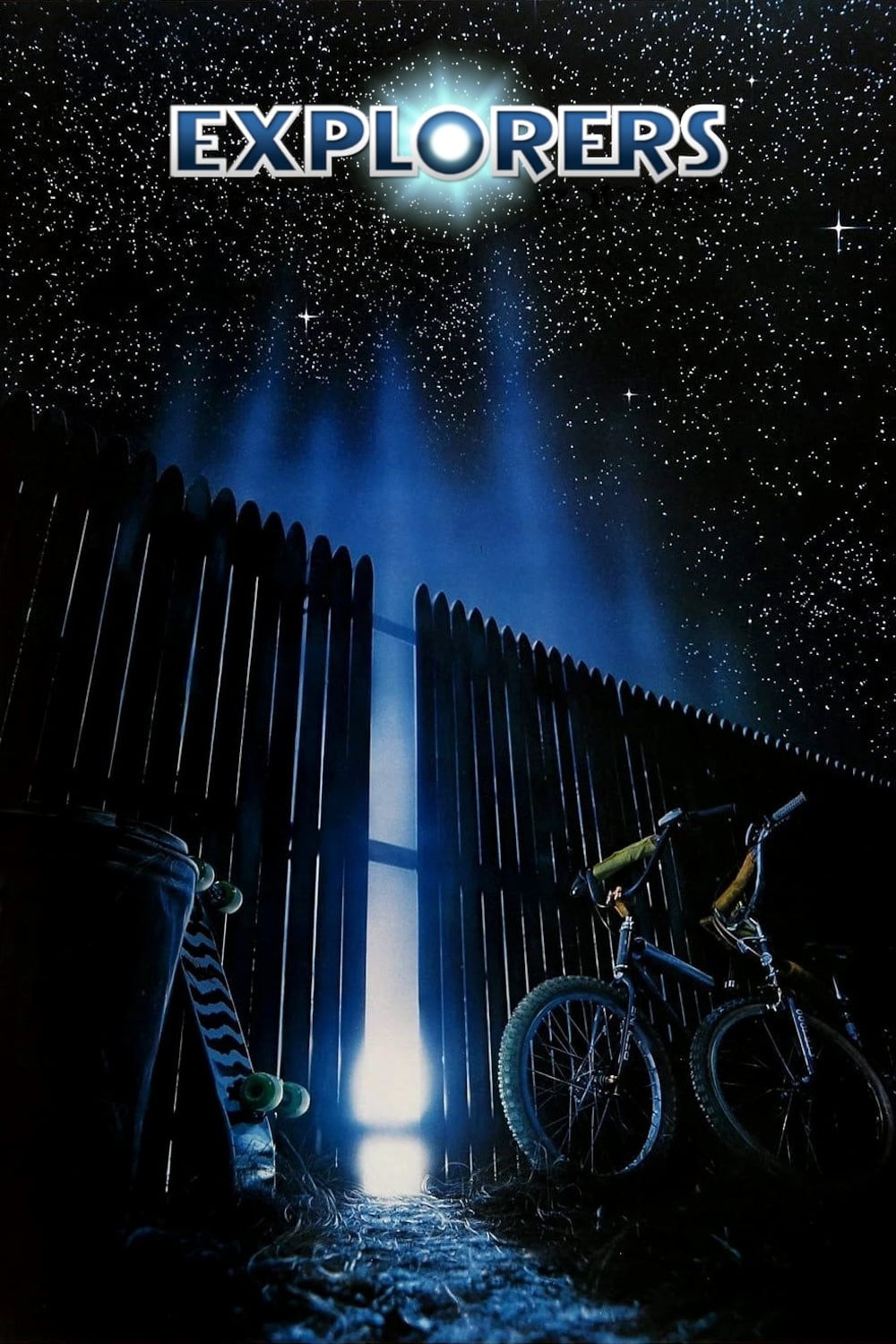
Three friends dream up the plans for an incredible invention – a device that creates a protective field, allowing it to fly. They build it themselves, testing it with short flights around their neighborhood, which eventually lead to an unexpected journey off-planet. The story portrays first contact with aliens as a result of playful experimentation, using a combination of school science, found objects, and a lot of trial and error.
‘Annihilation’ (2018)
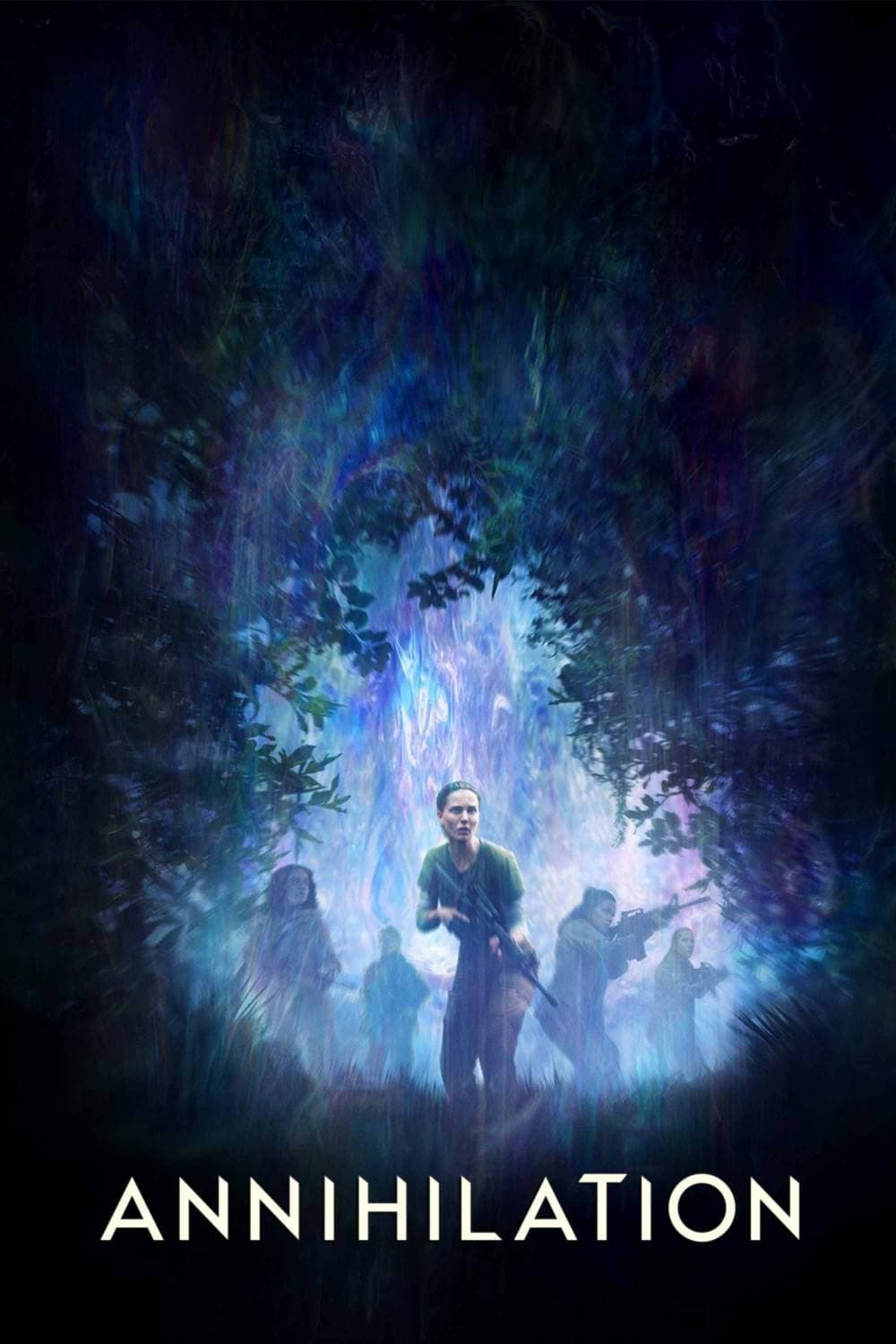
I’m part of a team studying the area hit by a meteor. It’s incredible – life is changing and mixing in really strange ways right at the edge of the impact zone. We’re documenting everything with photos, samples, and detailed notes. We’ve also been looking at records from previous expeditions, and they show that being exposed to this place actually changes how people remember things and perceive the world around them. Our approach isn’t about trying to communicate with whatever’s happening here; it’s more about carefully watching, trying to understand by imitating, and seeing how the environment itself is being transformed.
‘The Thing from Another World’ (1951)
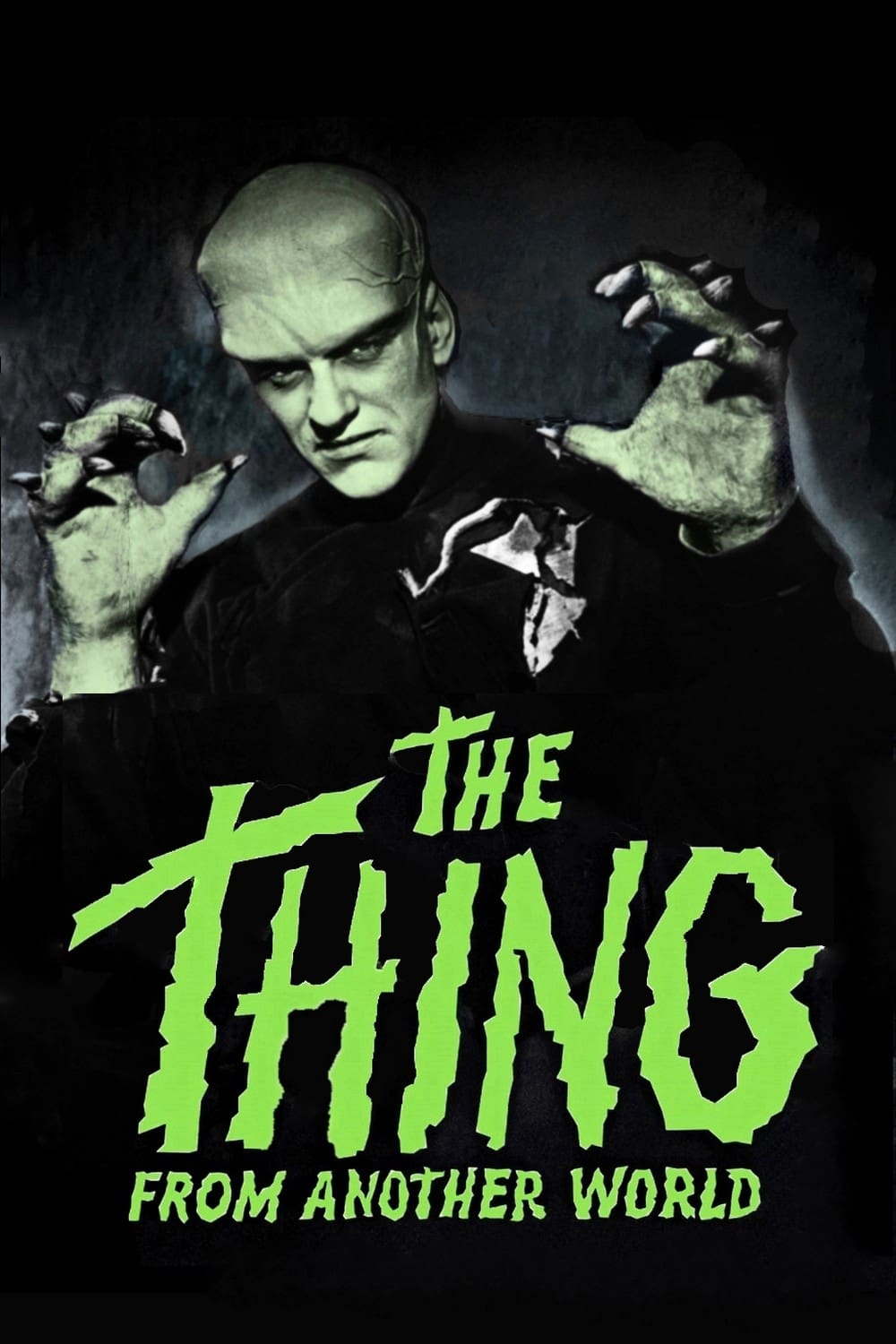
Scientists at a distant Arctic research station find a frozen pilot inside a crashed vehicle. When they begin to thaw him out, he unexpectedly wakes up and becomes a threat to everyone. The team struggles to contain the situation, using radiation detectors, flamethrowers, and security measures while debating the right way to handle it. The story focuses on keeping the revived pilot isolated within the confines of their station.
‘The Andromeda Strain’ (1971)

A dangerous microbe brought back by a satellite destroys a town in the desert. A team specializing in biological hazards then sets up a secure, underground lab to fight it. They use computers and automated systems, along with a color-coded system for different areas, to manage the crisis. Their work focuses on understanding how the microbe changes, what it needs to grow, and how it reacts with different materials, all in an effort to find a solution.
‘Independence Day’ (1996)
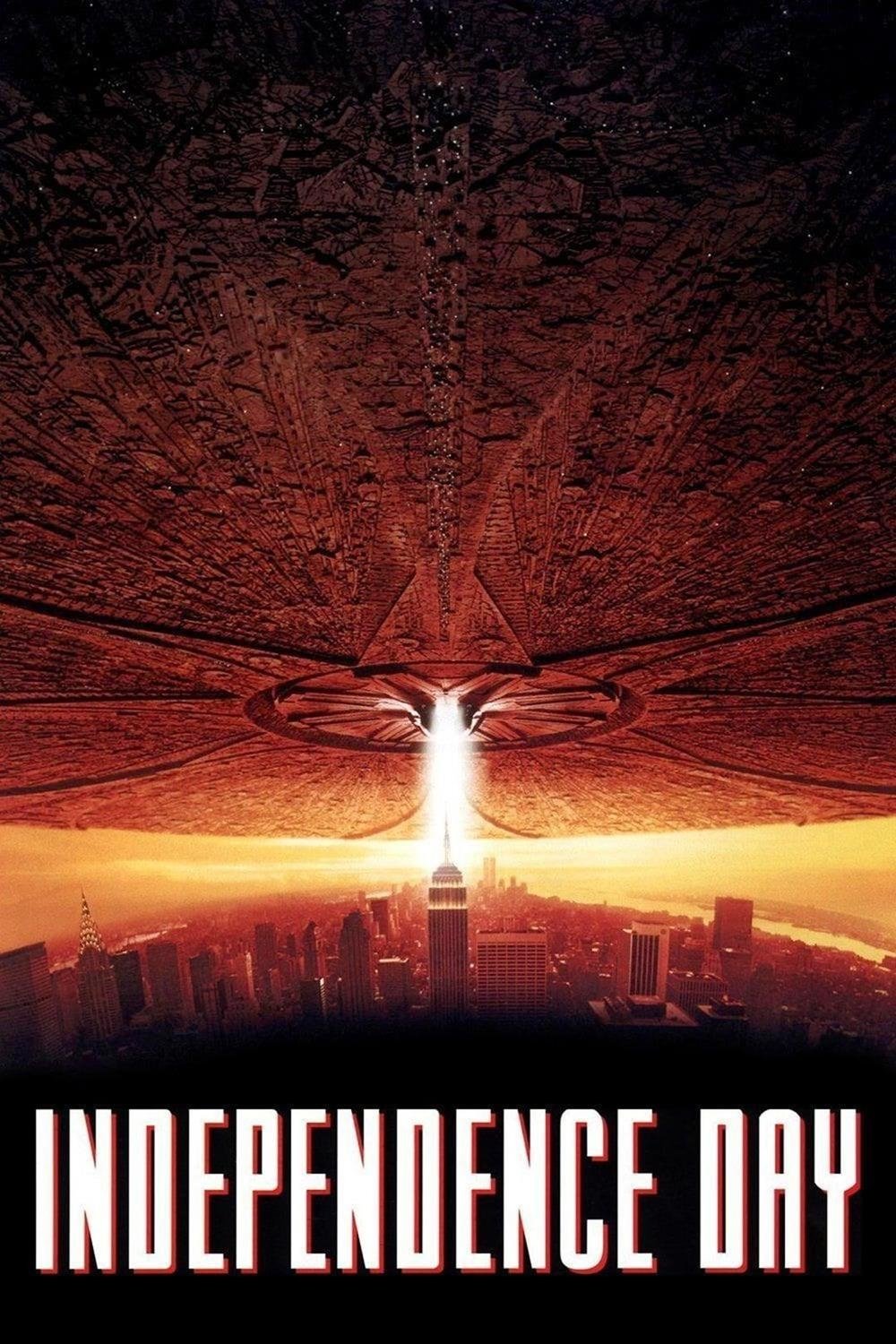
Massive ships, each the size of a city, appeared above major population centers. Experts monitoring satellite communications discovered a countdown signal indicating a coordinated attack. Military and civilian teams quickly began evacuating people, sending out reconnaissance flights, and developing a plan to fight back – a plan that depended on reaching the main ship. The film used detailed models, precise motion control, and impressive visual effects to show the worldwide scale of the devastation.
‘Solaris’ (1972)

A psychologist travels to a remote research station studying a planet that seems to bring people’s memories to life. The crew begins seeing figures who look like people from their past, leading them to investigate whether the planet is actually aware and trying to communicate. The investigation quickly moves beyond scientific instruments and focuses instead on the crew’s own thoughts, feelings, and how they perceive reality.
‘Life’ (2017)
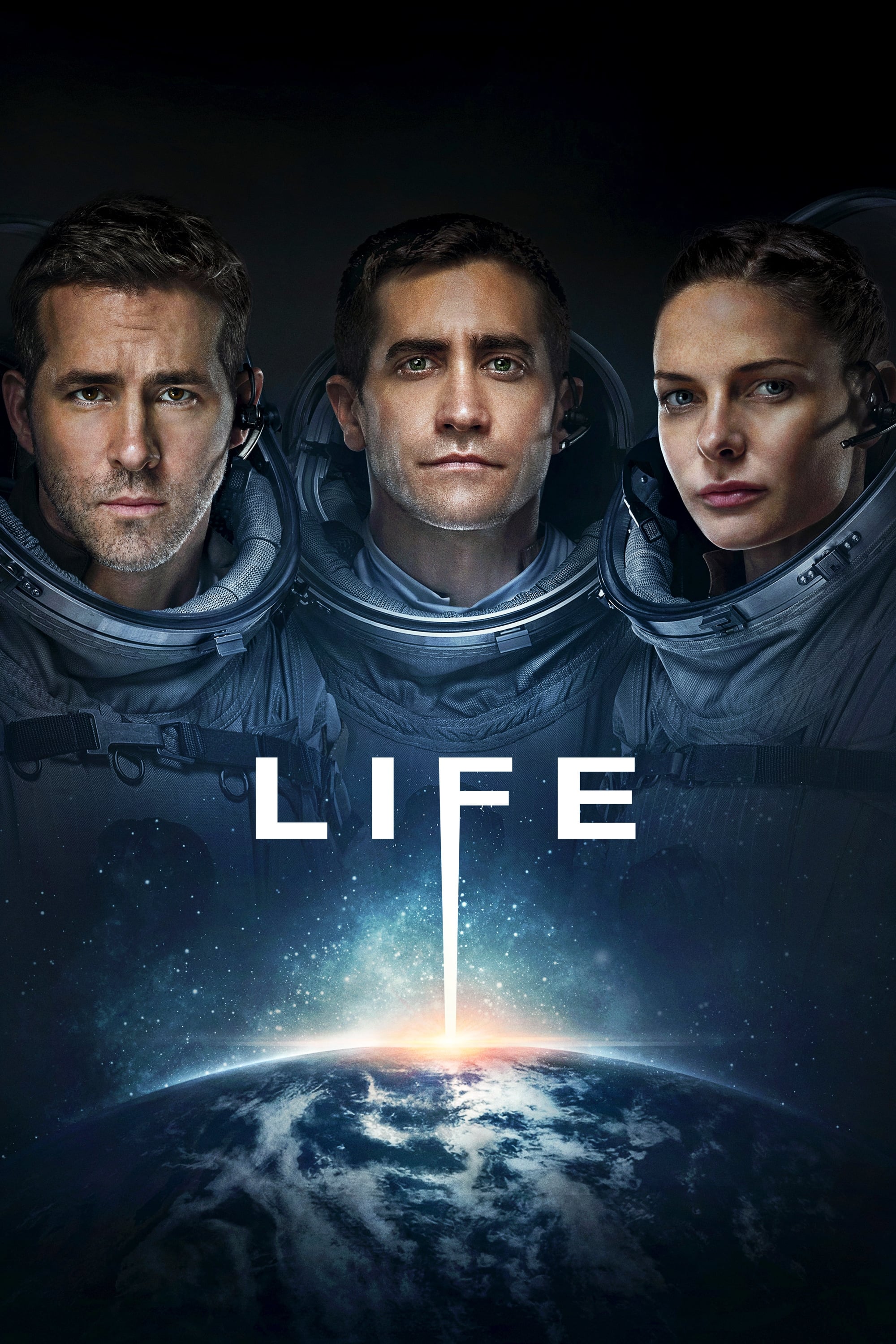
A team from around the world collected a sample that surprisingly showed signs of life in the lab. When they tried to handle it carefully, the organism grew rapidly and became difficult to control. The space station’s structure and special airlock systems became essential for keeping it contained. The story details the increasingly urgent steps taken as the organism evolved to survive in space.
‘K-PAX’ (2001)
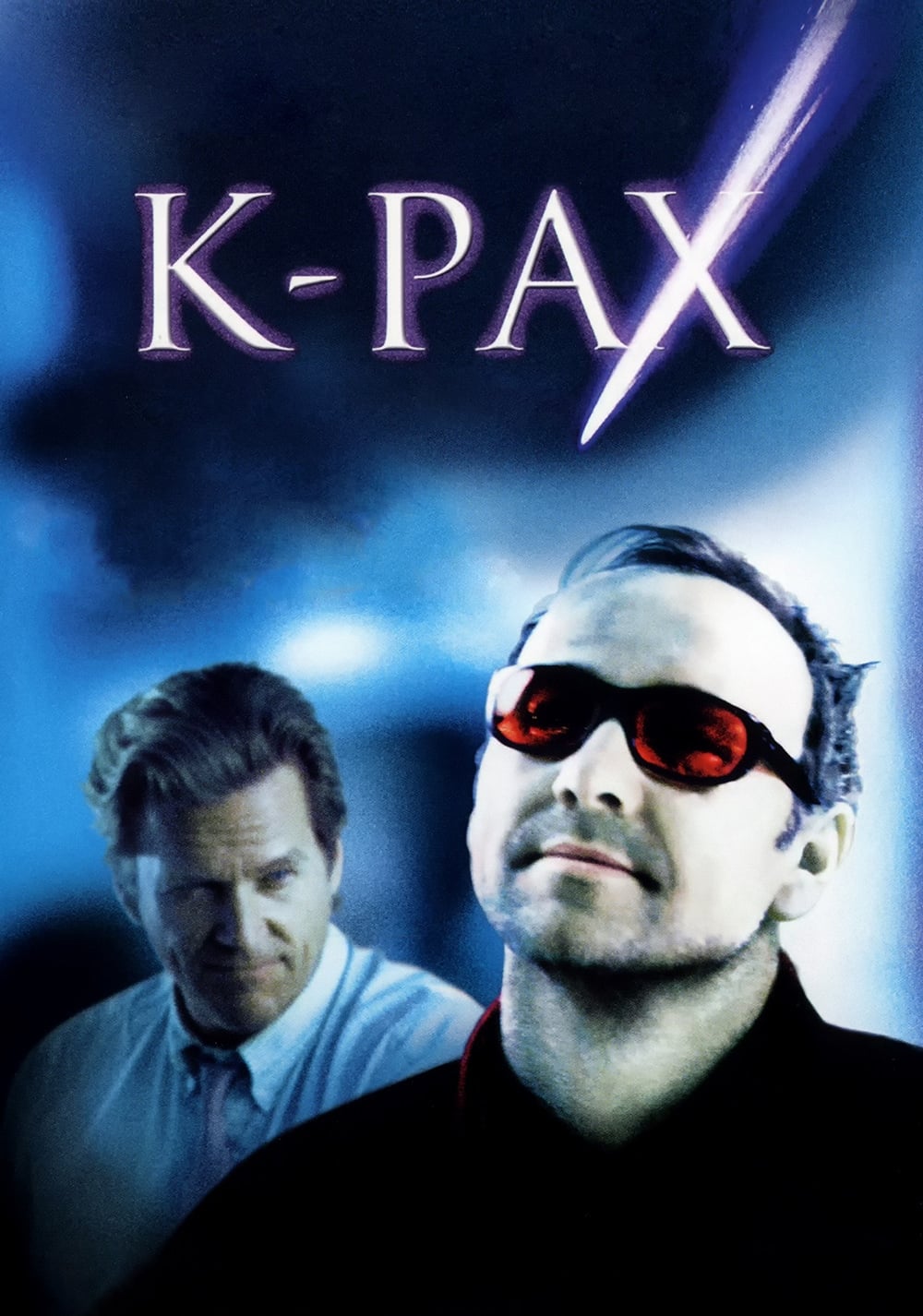
A patient in a mental health facility insists they are an alien from another star system, and surprisingly demonstrates a deep understanding of astronomy. Doctors try to verify this claim using scientific tests like spectroscopy, observing the skies, and through psychological assessments. Interestingly, other patients find comfort in the visitor’s peaceful demeanor and helpful guidance. The movie portrays the possibility of alien contact as a complex mystery, balancing scientific proof with the individual’s personal story.
Share your favorite first contact story in the comments and tell us why it sticks with you.
Read More
- Silver Rate Forecast
- Gold Rate Forecast
- Красный Октябрь акции прогноз. Цена KROT
- Unlocking Text Data with Interpretable Embeddings
- XRP’s Wrapped Adventure: Solana, Ethereum, and a Dash of Drama!
- Navitas: A Director’s Exit and the Market’s Musing
- VUG vs. VOOG: A Kafkaesque Dilemma in Growth ETFs
- Deepfake Drama Alert: Crypto’s New Nemesis Is Your AI Twin! 🧠💸
- SentinelOne’s Sisyphean Siege: A Study in Cybersecurity Hubris
- 2026 Stock Market Predictions: What’s Next?
2025-11-06 13:46